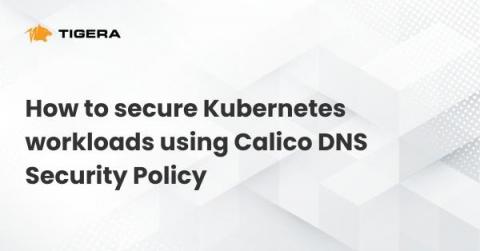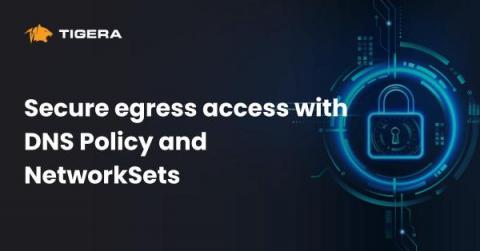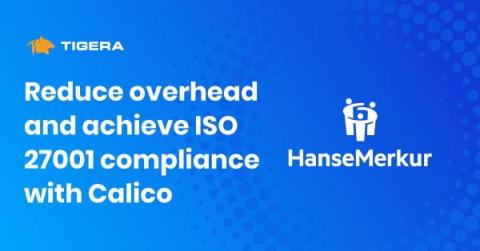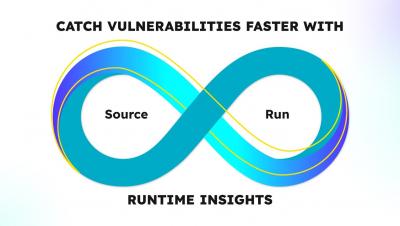How to secure Kubernetes workloads using Calico DNS Security Policy
In my previous blog on Kubernetes security foundations, we discussed the growing adoption of cloud-native applications and the security challenges they present. We highlighted the limitations of traditional network firewalls in securing these applications and emphasized the importance of implementing cloud-native security policies to protect network traffic effectively.











